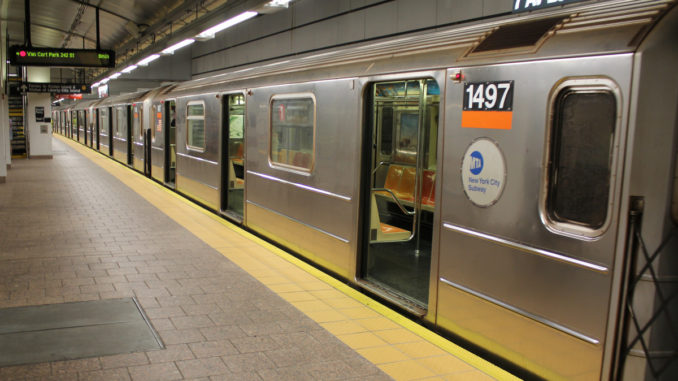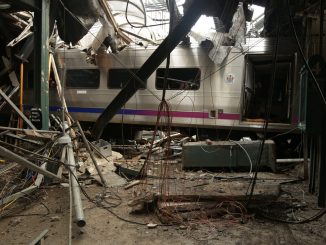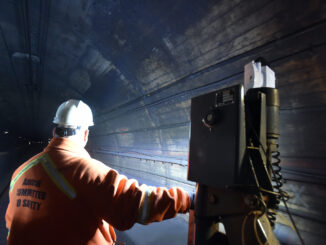
(The Center Square) – Speaking from a Metropolitan Transportation Authority facility in the Queens borough of New York City, Gov. Andrew Cuomo on Saturday said a plan to close down the city’s subways for four hours each day presents an opportunity to reach homeless individuals who’ve been neglected for decades.
“You do not help the homeless by letting them stay on a subway car and sleep on a subway car in the middle of a global pandemic when they could expose themselves or others to a virus,” the governor said during a news briefing at the MTA facility with a subway car as a backdrop. “That does not help the homeless. … To the extent people need a safe, clean, decent place and shelter, we should provide that.”
The subway shutdowns, set to begin the morning of May 6 and run from 1 to 5 a.m. daily, are intended to give MTA workers time to disinfect each and every subway car and station in the hopes of safeguarding essential workers riding the trains and the transit workers who staff them from infection by the coronavirus.
Because of the propensity of the homeless to sleep on New York’s subway cars overnight, advocates have expressed concern that the shutdowns will make their already-tough lives even more difficult.
Cuomo cited his long experience in dealing with the homeless, noting that he ran a nonprofit in his 20s devoted to easing their plight and that he worked on the issue as U.S. secretary of Housing and Urban Development in the 1990s. He argued that the subway shutdowns would help agencies connect with homeless individuals who are otherwise difficult to reach.
“You have to get that homeless person to a position where they trust and they’re accepting,” he said in reference to getting them to connect with outreach efforts. “I think this actually poses an opportunity to engage homeless men and women who have been sleeping on trains, some of them for years.”
The governor acknowledged that even with stepped up outreach, it would not be possible to assist every homeless person in the city. But he insisted that given the danger of continuing to spread the virus, there was no other choice.
“We have no option,” he said. “I’m not going to say to essential workers, ‘you need to come every day, the food workers need to come, the nurses need to come, the doctors need to come, and by the way, I don’t know if I can tell you for sure that the trains and buses are clean.’ I’m not going to do that.”
The governor also released results of updated antibody tests that the state has been conducting for the past two weeks. Antibody tests identify those whose immune system has successfully fought off a coronavirus infection. With more than 15,000 tests completed, the infection rate appears to be about 12.3 percent across the state, although that number continues to fluctuate as more tests are done.
In New York City, the rate was 19.9 percent, and the Bronx led among the city’s boroughs at a rate of 27.6 percent infected. Most of the rest of the state was much lower, with the western New York region coming in at 6 percent positive and all other regions ranging from 1.2 to 3 percent.
The death toll for the previous 24 hours reported Saturday was 299, making the total in New York during the pandemic 18,909.
— Dave Lemery, The Center Square




